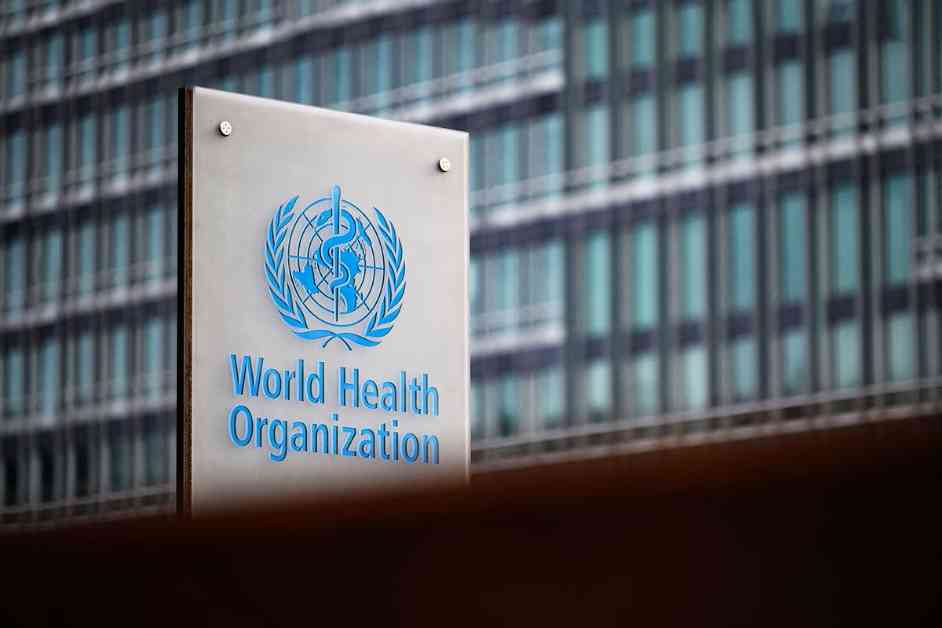The World Health Organization (WHO) recent report has updated the list of pathogens with pandemic potential, shedding light on the looming threat of another global health crisis. The report, compiled with the help of over 200 scientists from various countries, now includes more than 30 pathogens that could potentially trigger a pandemic.
Among the newly added pathogens are the influenza A virus, dengue virus, and mpox virus (formerly known as “monkeypox”). The mpox virus, in particular, has been causing concern as it continues to mutate into more deadly strains, spreading rapidly in Africa. The WHO is contemplating declaring a “public health emergency of international concern” due to the escalating crisis.
In addition to the known pathogens, the report also highlights the concept of “Pathogen X” – an unidentified pathogen that could potentially lead to a major public health emergency in the future. The authors emphasize the challenge of predicting the specific pathogen that may cause the next pandemic, as only a limited subset of viruses and bacteria historically have been responsible for such widespread outbreaks.
While the WHO’s report may raise concerns, it serves as a crucial tool for preparedness and vigilance against future pandemics. Understanding the potential threats and keeping track of the most dangerous pathogens can help public health authorities and policymakers take necessary precautions to prevent or mitigate the impact of a global health crisis.
As we continue to grapple with the ongoing COVID-19 pandemic, the WHO’s updated list of pathogens with pandemic potential serves as a stark reminder of the ever-present threat of infectious diseases. It underscores the importance of global cooperation, early detection, and rapid response to effectively combat future pandemics and safeguard public health on a global scale. Stay informed, stay vigilant, and stay prepared – the next pandemic may be just around the corner.



